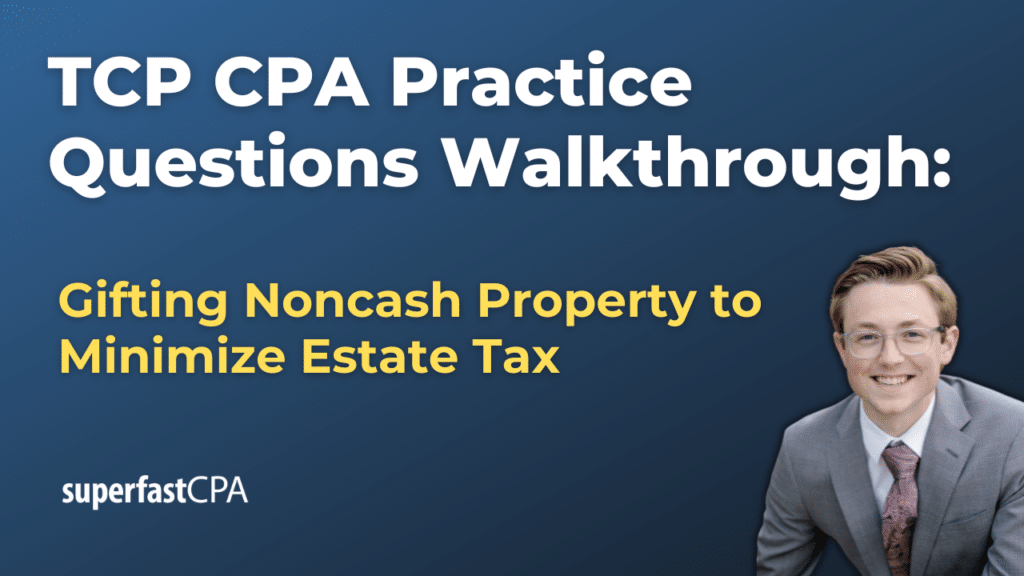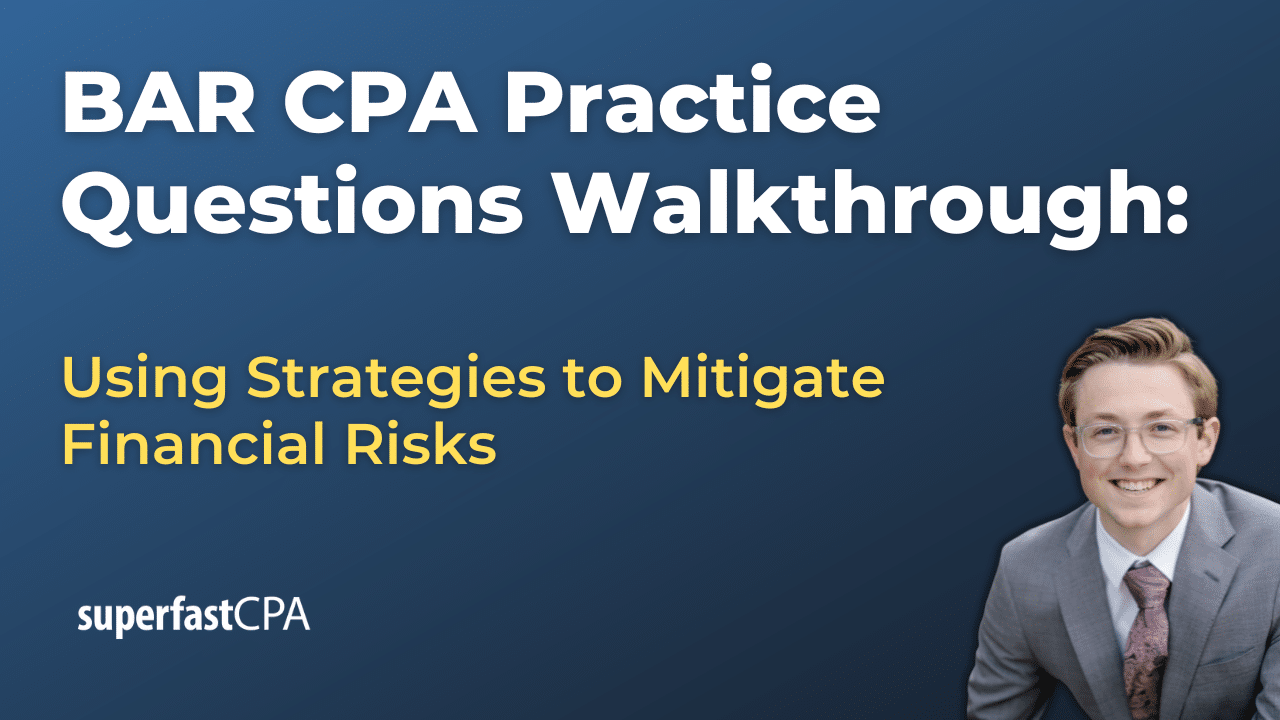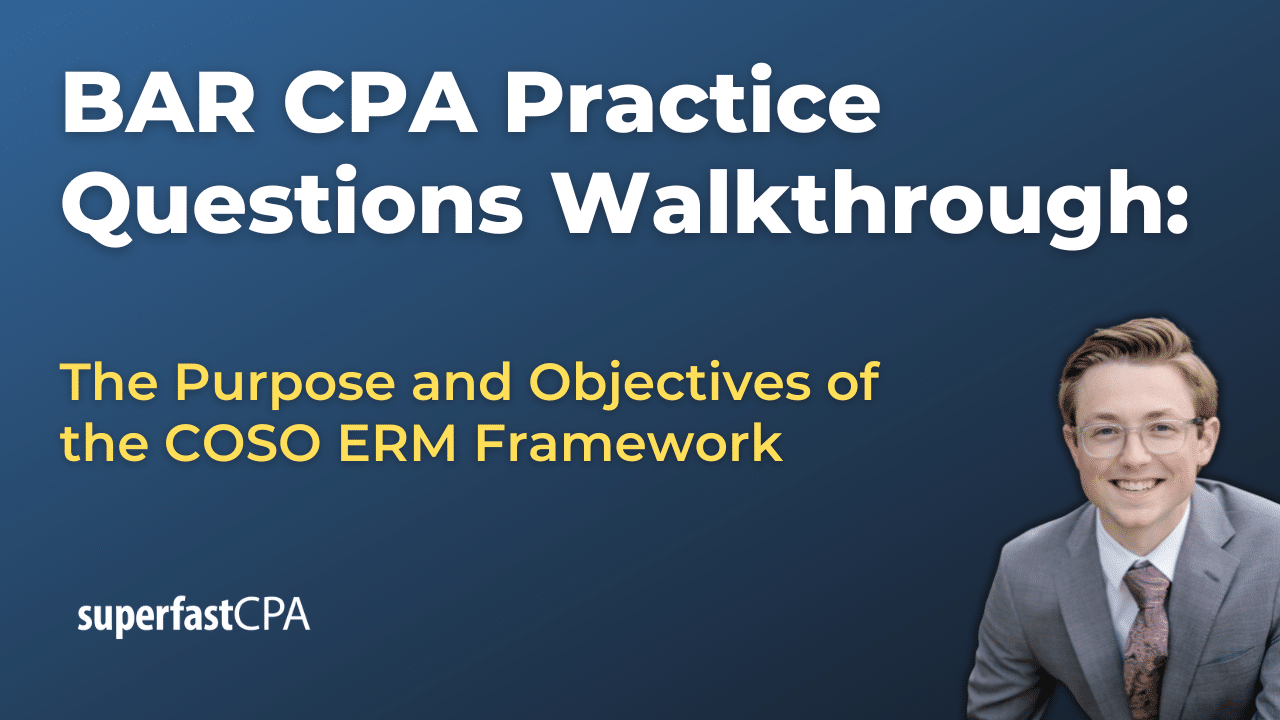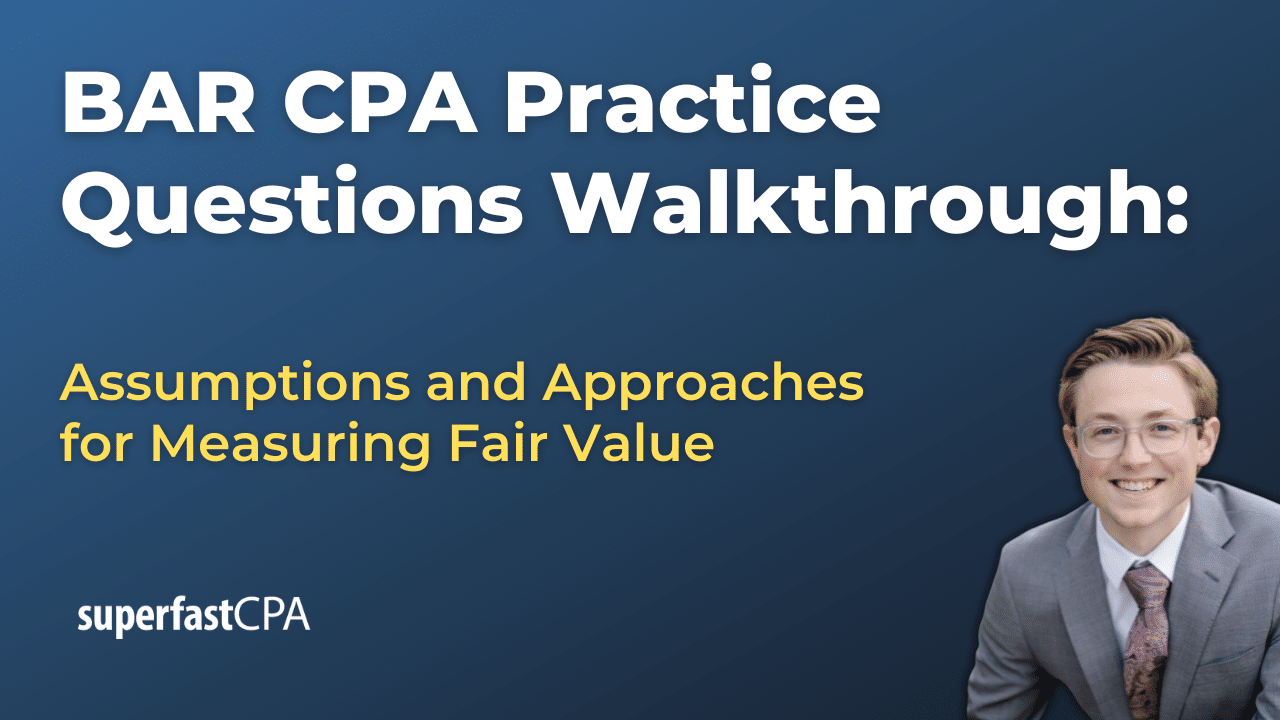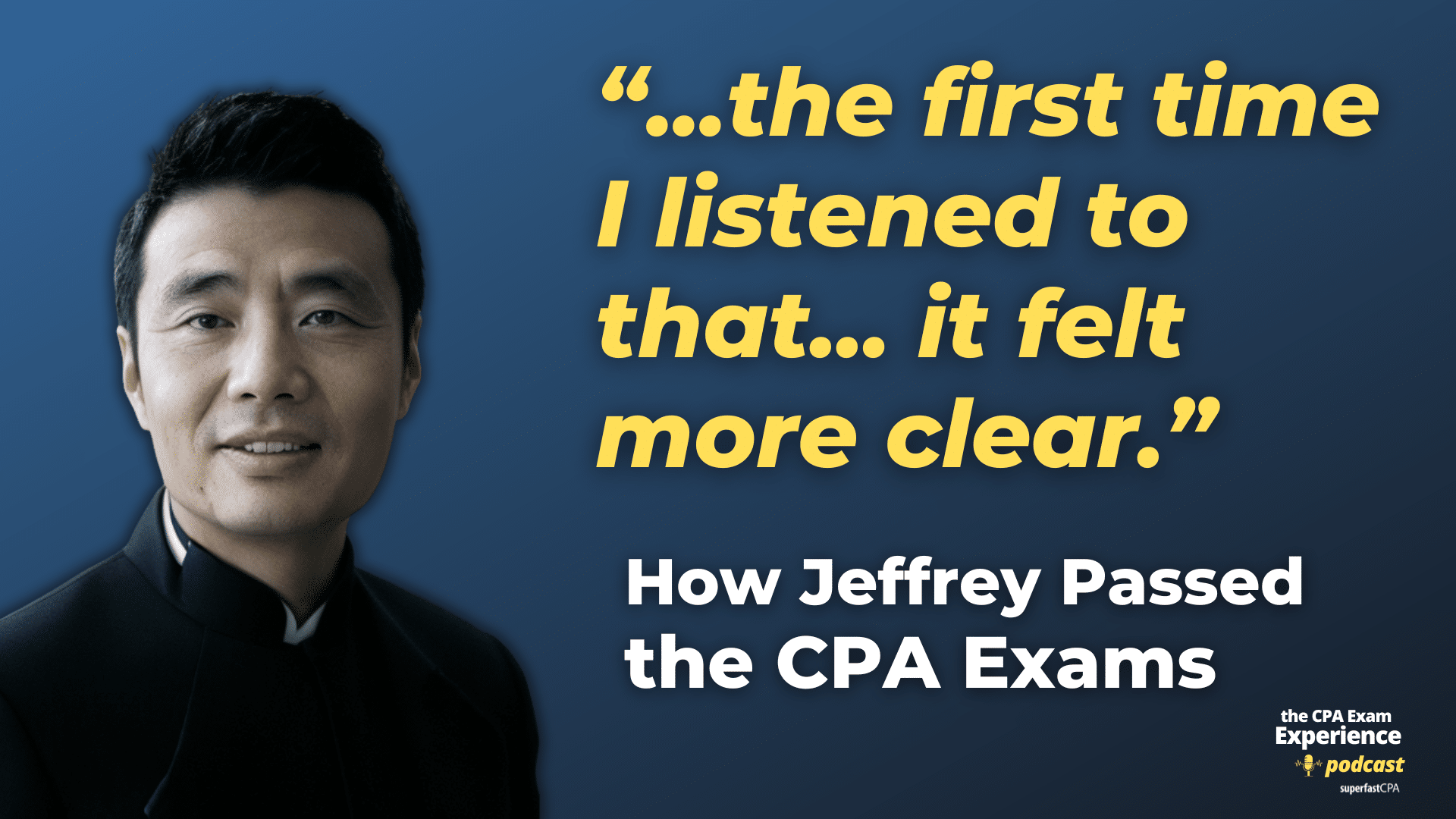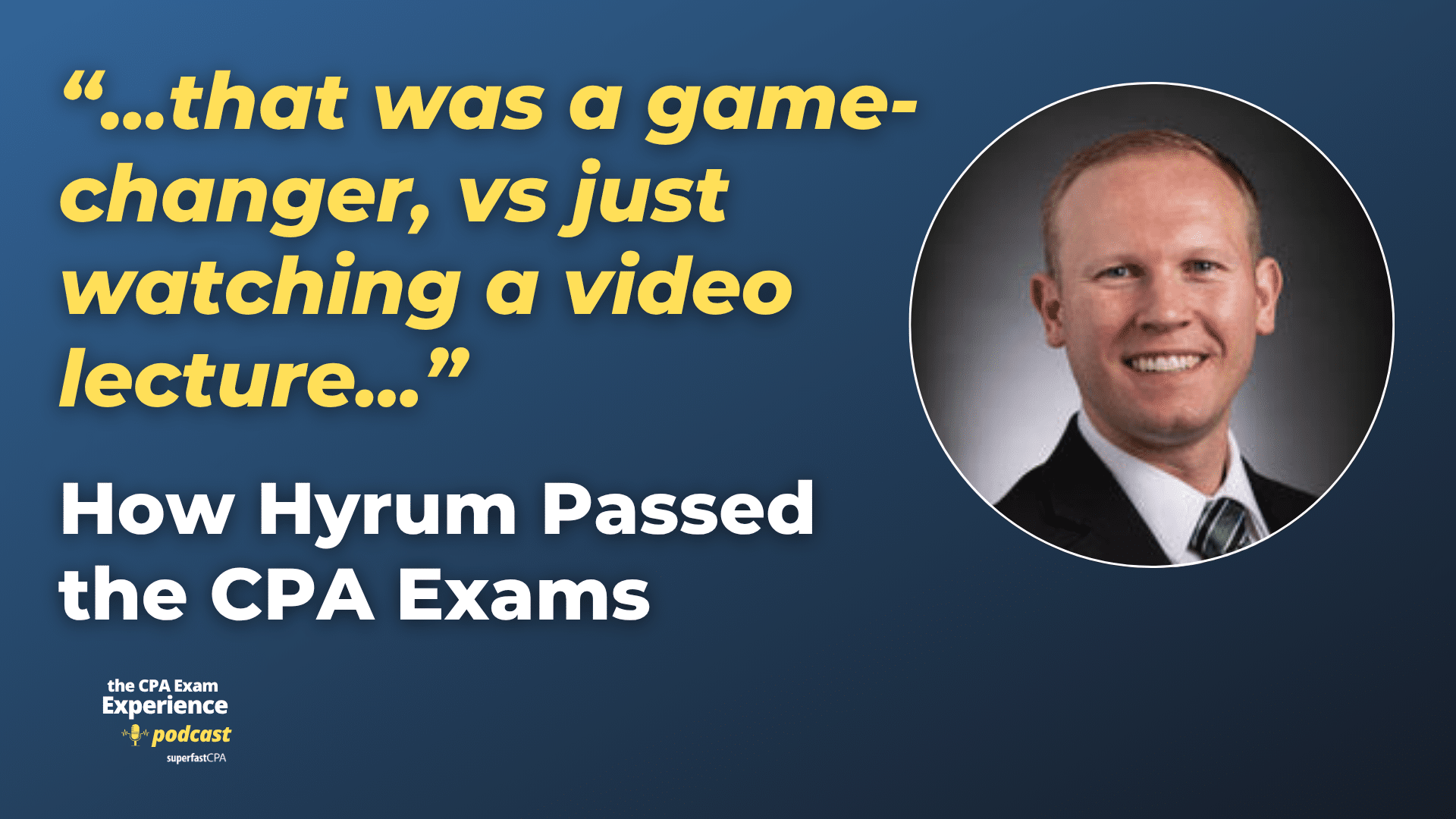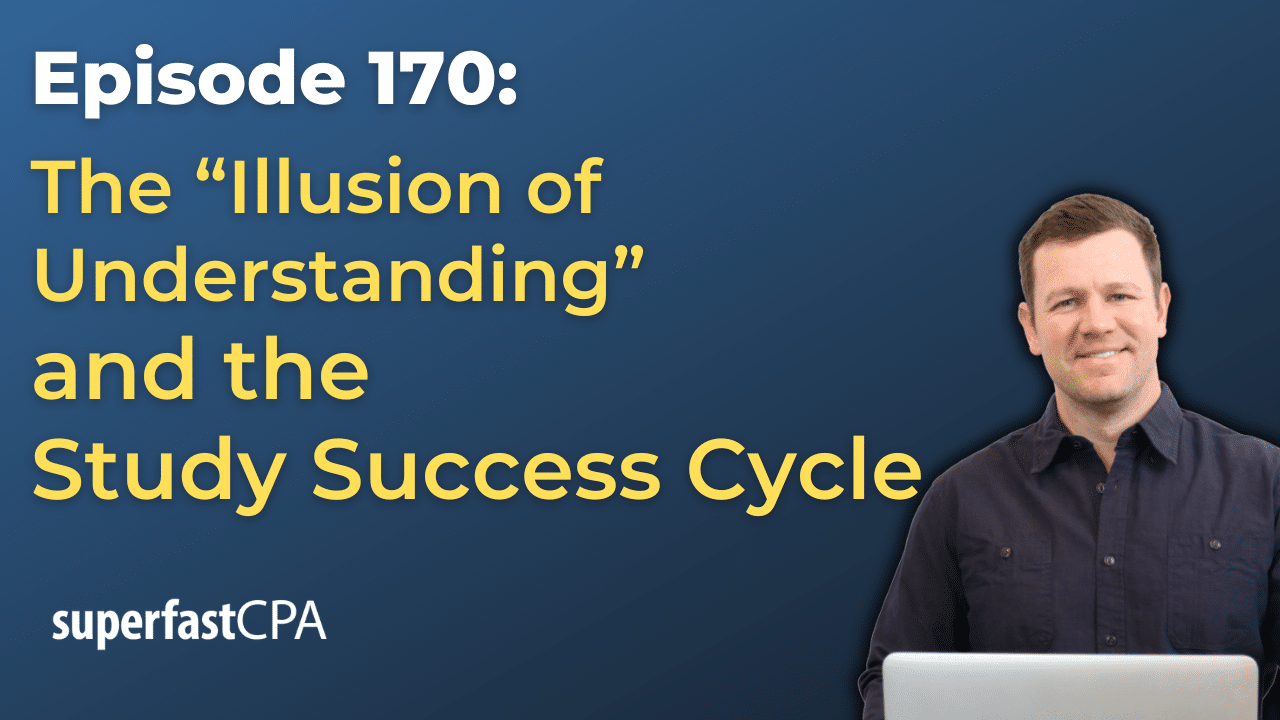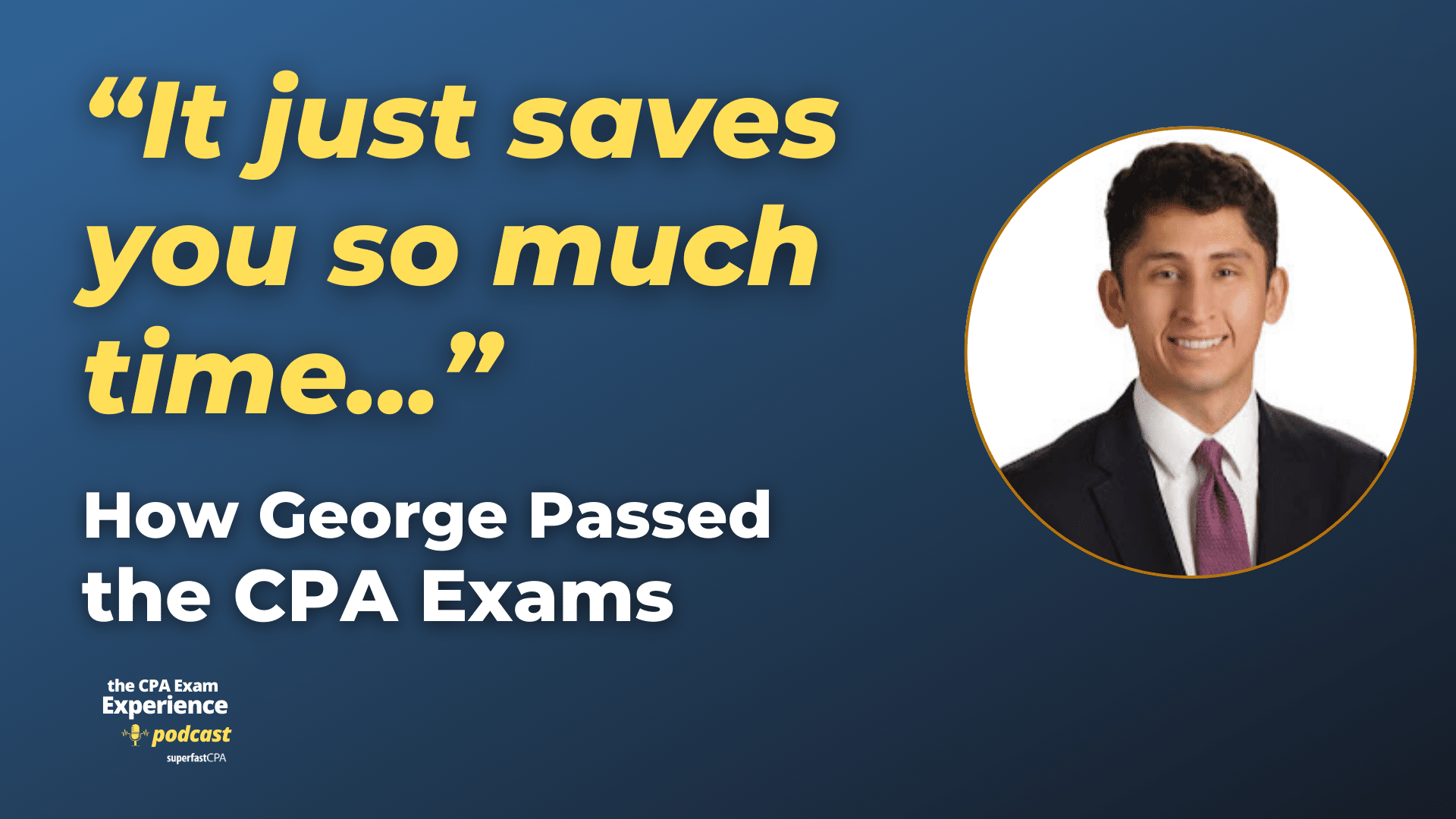In this video, we walk through 5 TCP practice questions teaching about gifting noncash property to minimize estate tax. These questions are from TCP content area 1 on the AICPA CPA exam blueprints: Tax Compliance and Planning for Individuals and Personal Financial Planning.
The best way to use this video is to pause each time we get to a new question in the video, and then make your own attempt at the question before watching us go through it.
Also be sure to watch one of our free webinars on the 6 “key ingredients” to an extremely effective & efficient CPA study process here…
Gifting Noncash Property to Minimize Estate Tax
Gifting ownership of noncash property to an individual can be a strategic component of estate planning, aimed at minimizing the future estate tax burden for the donor, among other benefits. Here’s a detailed overview of how gifting noncash property works, its advantages and potential drawbacks, and how it compares to other estate planning strategies:
Gifting Noncash Property Instead of Selling It
When a donor gifts noncash property (such as real estate, stocks, or collectibles) instead of selling it, the donor transfers the cost basis of the property to the recipient.
For example, if Jane purchased an investment property for $300,000, which is now worth $800,000, and she gifts it to her son Tom, Tom inherits her $300,000 cost basis. If Tom later sells the property, he is responsible for paying capital gains tax on the difference between the sale price and the cost basis—potentially a significant amount if the property has appreciated substantially. However, this strategy allows Jane to remove the full current value of the property from her estate, potentially saving on future estate taxes, and also passing the capital gains tax upon sale on to Tom instead.
Gifting Property vs. Inheriting Property
The key difference between gifting property during one’s lifetime and transferring it upon death is the tax implication, particularly in terms of the basis for calculating capital gains tax. When property is inherited, the beneficiary typically benefits from a “stepped-up basis,” meaning the property’s cost basis is reset to its market value at the time of the donor’s death.
For instance, if Jane were instead to hold onto the property until her death, Tom’s basis in the property would be its market value at that time, say $800,000. If he sells it at that value, he would owe no capital gains tax.
Potential Capital Gains Consequences
Capital gains tax consequences are a crucial consideration when deciding whether to gift noncash property. The recipient of a gifted asset takes on the original purchase cost as their basis, as opposed to the stepped-up basis applicable in inheritance scenarios. This can result in a higher capital gains tax if the asset has appreciated significantly since its initial purchase.
Generation-Skipping Transfer Tax (GSTT)
The GSTT is designed to prevent skipping generations for tax advantages. For example, Mr. Williams gifts $3,000,000 directly to his granddaughter, exceeding his GSTT exemption limit. As a result, this gift could be subject to GSTT. This tax is in addition to any gift taxes that might apply if the lifetime gift tax exemption is also exceeded.
Probate Fees and Nonprobate Assets
Probate is the legal process of distributing the deceased’s estate and can incur substantial fees based on the total value of the assets being probated. Designating noncash assets such as investment accounts or real estate to transfer on death (TOD) or payable on death (POD) can circumvent the probate process, directly transferring ownership to the beneficiary and avoiding these fees.
For instance, Ms. Ramirez uses a POD designation for her $750,000 investment portfolio, thereby ensuring it passes directly to her niece Julia without being subject to probate fees, potentially saving thousands of dollars.
Example in Practice: Suppose Harold wants to minimize his taxable estate and ensure his assets pass efficiently to his heirs. He owns a valuable collection of artwork worth $2,000,000 and a vacation home valued at $3,000,000. By using a TOD designation for the vacation home and gifting the artwork to his children now, he can significantly reduce the size of his taxable estate. The children would inherit the cost basis of the artwork, and any future appreciation would be their responsibility for capital gains tax, but the immediate reduction in Harold’s estate size could offset potential estate taxes significantly more than the capital gains tax liability they might face.
This strategic use of gifting, understanding capital gains implications, and leveraging nonprobate asset designations are critical components of comprehensive estate planning, aiming to reduce tax liabilities and simplify asset transfer to the next generation.

